During the summer months, it is critical to think about preventing dehydration and other heat-related illnesses. Dehydration occurs when the body loses more water than it takes in, usually on hot days when you are overexerting yourself. This water is lost through normal bodily processes such as urinating, sweating, and if you are sick, through vomiting and diarrhea.
Who's at Risk for Dehydration?
Working or participating in outdoor activities on hot summer days often causes people to be at more serious risk of dehydration. This water loss can lead to heat-related illnesses such as heat exhaustion, heatstroke, and in severe cases, death. The risk of dehydration increases for some people more than others.
 The four groups that are most at risk for dehydration include:
The four groups that are most at risk for dehydration include:
- Athletes and those that exercise. People who spend hours training and competing in the hot summer sun lose excess fluids caused by their activities. These groups often do not have an adequate intake of fluids to make up for that loss.
- Outdoor workers. Those that work outdoors, such as landscapers, construction crews, police officers, and postal employees, spend most of their days in the heat. These outdoor workers often have little time for bathroom breaks or drinking fluids. As a result, these workers may not consume enough fluids during their workdays.
- Children. Many children spend a great deal of time outdoors being active once school is out for summer. Water and other fluids may not be the first thing on their minds when consumed with fun outdoor activities with their friends in the heat.
- Older adults. With age, some changes can impair the ability to sense thirst. The body also does not adjust to hotter temperatures the way that it used to. Seniors that struggle with incontinence may also be trying to limit their water intake to lower their risk of having an accident.
Signs and Symptoms of Dehydration
The intensity of your exercise or activity during the hot summer months increases your chances of losing water quickly and becoming dehydrated. Staying educated about your body’s water requirements and the signs and symptoms of dehydration can help prevent heat-related illnesses.
 Some of the mild to moderate signs and symptoms of dehydration are:
Some of the mild to moderate signs and symptoms of dehydration are:
- Dry mouth and lips
- Fatigue
- Weakness
- Dizziness
- Headaches
- Nausea
- Confusion
- Decreased urination
Dehydration is one hundred percent preventable. You can usually treat mild to moderate dehydration by drinking more water or an electrolyte sports drink.
More severe signs and symptoms that require immediate medical attention include:
- Seizures
- Severe diarrhea for 24 hours or more
- Bloody or black stool
- Inability to keep fluids down
- Disorientation or irritability
- Little to no urination
- Rapid breathing or heart rate
- Sunken eyes
5 Tips to Prevent Dehydration and Stay Cool
 We have put together five tips to stay hydrated and cool during the hot summer months to avoid the risk of dehydration or a heat-related illness.
We have put together five tips to stay hydrated and cool during the hot summer months to avoid the risk of dehydration or a heat-related illness.
- Drink plenty of water. It is essential to consume fluids during higher intensity or longer periods of exercise or outdoor activities before you are thirsty. If you wait until you realize that you are thirsty, your body is already dehydrated. Health experts recommend eight 8-ounce glasses of water each day, which is about two liters.
- Avoid drinks that contain caffeine and alcohol while in the sun and heat. These types of drinks stimulate the production of urine, thereby promoting dehydration.
- Choose light-colored, loose-fitting, and breathable clothing. These materials can help you stay cooler as they won’t stick to the body as they absorb the heat from the sun. There are even some clothing options that are made with an SPF material.
- Remember to take breaks. If your job requires you to work in the hot summer sun or engage in outdoor activities. Sitting in the shade and hydrating can help the body avoid symptoms of dehydration such as dizziness, fatigue, and dry mouth.
- Opt for a rehydration beverage. Sports drinks such as Sqwincher help replace some of the electrolytes lost through sweat. These drinks can help provide carbohydrate energy to the muscles and aid in recovery.
Sqwincher as a Rehydration Product
Many years of research and development went into formulating Sqwincher products to rehydrate the body. Sqwincher products provide a higher level of hydration in various formulations and flavors that deliver the necessary potassium, sodium, and electrolytes to rehydrate and replenish the body.
When the body is dehydrated, the brain functions are compromised. Mental processes such as thinking clearly, performing tasks safely, and staying focused become challenging when a person is becoming dehydrated. When the body is depleted of electrolytes, water alone won’t do the trick. That is where Sqwincher products come into play.
Whatever your lifestyle is, a Sqwincher product is convenient and flavorful to get your hydration on. Sqwincher is available in these formulations:
- Ready to Drink
- PowderPack
- Single Serve
- Liquid Concentrate
- Sqweeze Pops
Each Sqwincher product is low in sodium, sugar, and calories, and they are all gluten-free. Many are also preservative-free, contain no artificial sweeteners or dyes, and are an excellent source of Vitamin C.
Sqwincher Products
Water is a necessity that the human body requires to stay healthy. If you fail to drink enough daily water, non-caffeinated fluids, or electrolyte beverages like Sqwincher, you may experience a heat-related illness such as dehydration. It’s important to remember that anytime a person who has been exposed to heat becomes disoriented or unconscious, immediate medical attention must be sought.
If you have any questions about Sqwincher products or any other hydration products we offer at Personally Delivered, please give us a call. Our Product Experts are just a phone call away and ready to assist.










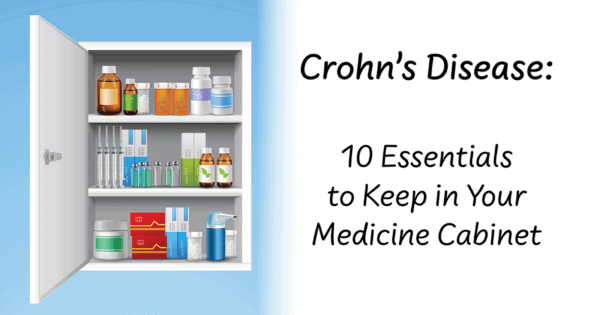




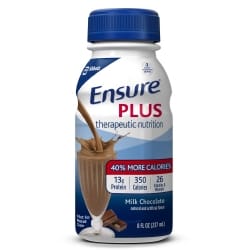

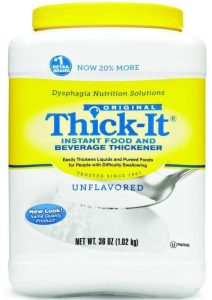




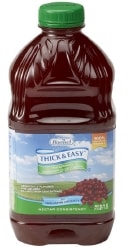
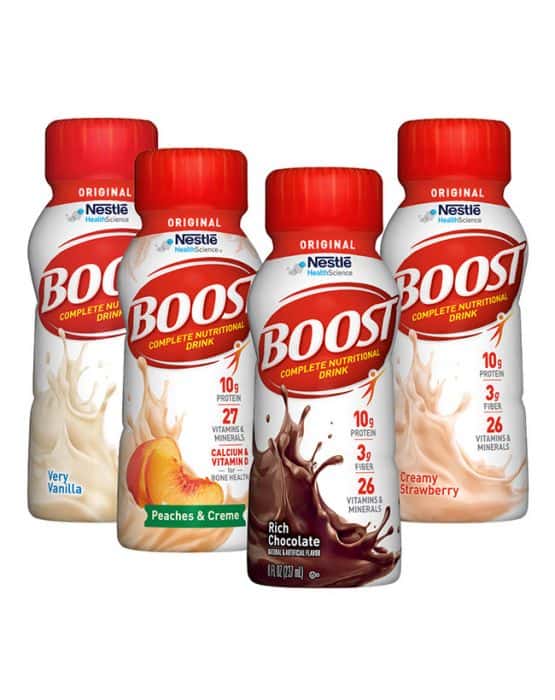



 Pillows help position your body so that you can rest and sleep comfortably during recovery. Some plastic surgery procedures like breast surgery won’t allow you to sleep on your sides for an extended period. Having a couple of body pillows on each side can help you stay in place throughout the night without worrying about accidentally turning onto your side.
Pillows help position your body so that you can rest and sleep comfortably during recovery. Some plastic surgery procedures like breast surgery won’t allow you to sleep on your sides for an extended period. Having a couple of body pillows on each side can help you stay in place throughout the night without worrying about accidentally turning onto your side.

 You can also benefit by being well-stocked on wound care supplies such as
You can also benefit by being well-stocked on wound care supplies such as 


 A tracheostomy is an opening in the front of the neck that’s made during an emergency or planned surgery. A tube is inserted into this opening in the trachea, or windpipe, for the person to breathe. This opening makes an airway for those who cannot breathe independently or have a blockage affecting their breathing. A tracheostomy may be needed if a disease, such as cancer, is expected to cause difficulty breathing.
A tracheostomy is an opening in the front of the neck that’s made during an emergency or planned surgery. A tube is inserted into this opening in the trachea, or windpipe, for the person to breathe. This opening makes an airway for those who cannot breathe independently or have a blockage affecting their breathing. A tracheostomy may be needed if a disease, such as cancer, is expected to cause difficulty breathing.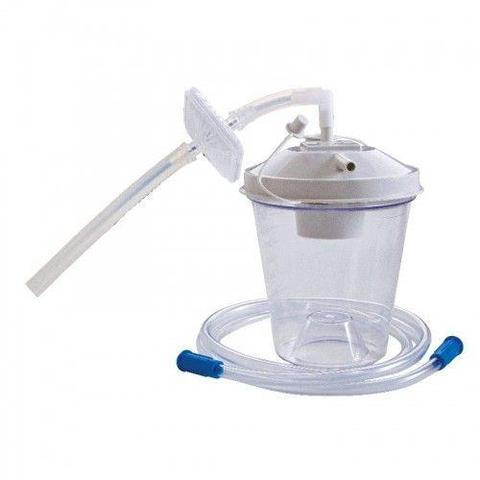 Eating. Can you eat with a tracheostomy? Yes, you can! You should be able to eat without a problem, but if food or liquid gets into your tracheostomy tube, suction it out immediately. It is helpful to sit up while you eat. The
Eating. Can you eat with a tracheostomy? Yes, you can! You should be able to eat without a problem, but if food or liquid gets into your tracheostomy tube, suction it out immediately. It is helpful to sit up while you eat. The  Eating and swallowing patterns are usually not affected by having a tracheostomy. When you get your tracheostomy tube, you may be first started on a
Eating and swallowing patterns are usually not affected by having a tracheostomy. When you get your tracheostomy tube, you may be first started on a  Passy Muir Valve – The
Passy Muir Valve – The 
 Because water plays a vital role in the proper function of the human body, we are dependent on it. The human body is made up of 60% water, so we rely on it to:
Because water plays a vital role in the proper function of the human body, we are dependent on it. The human body is made up of 60% water, so we rely on it to: Both of these surgeries require someone to pay close attention to hydration with an ostomy. Ostomy patients must ensure that they have an adequate intake of fluids to keep their electrolyte levels up so they do not start to suffer from dehydration symptoms such as dizziness or dry mouth. If signs of dehydration appear, consuming a drink containing electrolytes such as
Both of these surgeries require someone to pay close attention to hydration with an ostomy. Ostomy patients must ensure that they have an adequate intake of fluids to keep their electrolyte levels up so they do not start to suffer from dehydration symptoms such as dizziness or dry mouth. If signs of dehydration appear, consuming a drink containing electrolytes such as  Some of the most common symptoms of dehydration are:
Some of the most common symptoms of dehydration are:




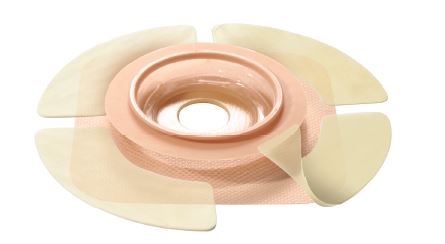
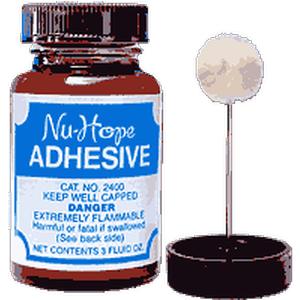

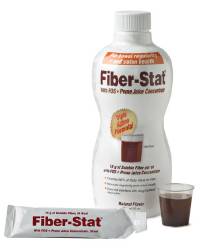
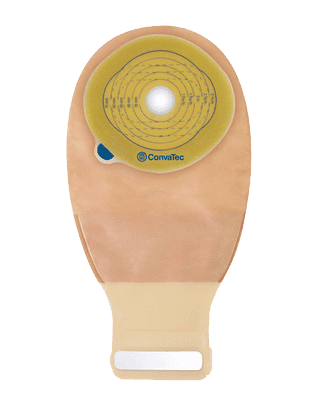
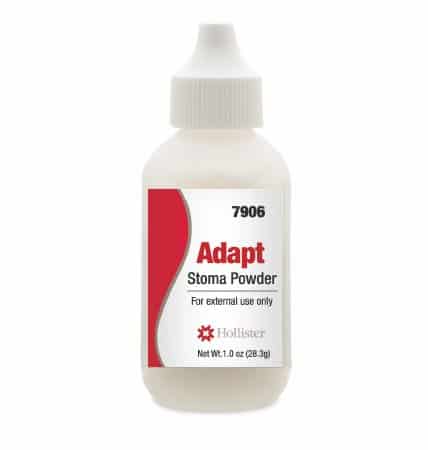
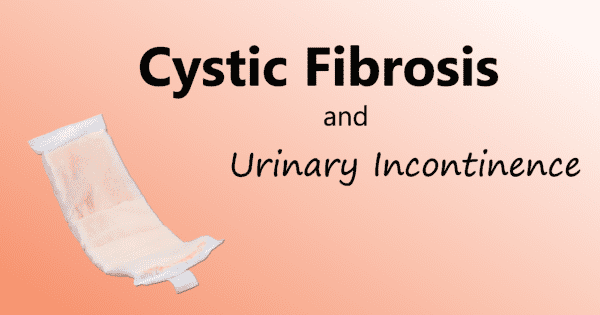
 Because those with cystic fibrosis experience frequent coughing episodes, the muscles that control the bladder may become weak, causing the inability to control urination. This type of urinary incontinence is referred to as stress incontinence due to repeated coughing putting stress on the bladder. Under normal conditions, the bladder muscles work to hold urine until you are ready to use the restroom. When a person has a chronic cough, pressure is put on the bladder, causing the pelvic floor muscles to suddenly relax. This relaxation results in unexpected leakage of urine. The pelvic floor muscles need to contract when a person coughs in order to prevent leakage, and with the persistent and prolonged coughing a person with cystic fibrosis experiences, these muscles sometimes are just unable to keep up.
Because those with cystic fibrosis experience frequent coughing episodes, the muscles that control the bladder may become weak, causing the inability to control urination. This type of urinary incontinence is referred to as stress incontinence due to repeated coughing putting stress on the bladder. Under normal conditions, the bladder muscles work to hold urine until you are ready to use the restroom. When a person has a chronic cough, pressure is put on the bladder, causing the pelvic floor muscles to suddenly relax. This relaxation results in unexpected leakage of urine. The pelvic floor muscles need to contract when a person coughs in order to prevent leakage, and with the persistent and prolonged coughing a person with cystic fibrosis experiences, these muscles sometimes are just unable to keep up.



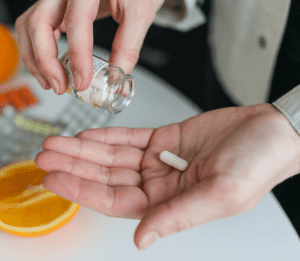


 Applying a topical wound treatment can ease some of the pain that is often associated with wounds. A wound treatment product that contains aloe such as Cardinal Health’s
Applying a topical wound treatment can ease some of the pain that is often associated with wounds. A wound treatment product that contains aloe such as Cardinal Health’s 

 Washing your hands is one of the easiest habits to practice to prevent the spread of germs to your eyes, mouth, food, and those around you. Any time you handle food, garbage, pet an animal, sneeze, or use the restroom, you should wash your hands. Follow the 5-step rule for washing hands:
Washing your hands is one of the easiest habits to practice to prevent the spread of germs to your eyes, mouth, food, and those around you. Any time you handle food, garbage, pet an animal, sneeze, or use the restroom, you should wash your hands. Follow the 5-step rule for washing hands: Keeping your nails clean helps prevent the spread of germs into your mouth and other areas of the body. Trimming your nails regularly to ensure there aren’t any sharp edges or hangnails and using a nail file to smooth them keeps fingernails looking nice. A soft nail brush or washcloth can also help remove and rinse any dirt or buildup underneath the nail. Refraining from biting your nails and picking at the cuticles is necessary for good nail hygiene. If you use nail polish remover, try opting for an acetone-free formula.
Keeping your nails clean helps prevent the spread of germs into your mouth and other areas of the body. Trimming your nails regularly to ensure there aren’t any sharp edges or hangnails and using a nail file to smooth them keeps fingernails looking nice. A soft nail brush or washcloth can also help remove and rinse any dirt or buildup underneath the nail. Refraining from biting your nails and picking at the cuticles is necessary for good nail hygiene. If you use nail polish remover, try opting for an acetone-free formula.
 When thinking about the importance of hygiene, remember that this is an essential practice when it comes to food, too. Certain food safety practices are used when handling, prepping, or storing food to prevent food-borne illness. Spoiled or rotten food can smell; however, not all harmful bacteria have a scent.
When thinking about the importance of hygiene, remember that this is an essential practice when it comes to food, too. Certain food safety practices are used when handling, prepping, or storing food to prevent food-borne illness. Spoiled or rotten food can smell; however, not all harmful bacteria have a scent.




